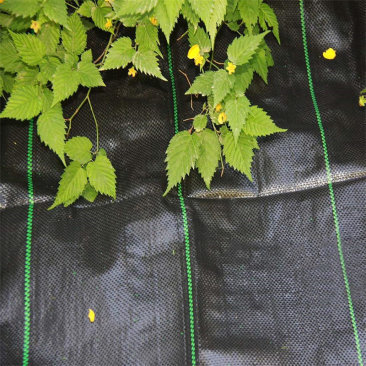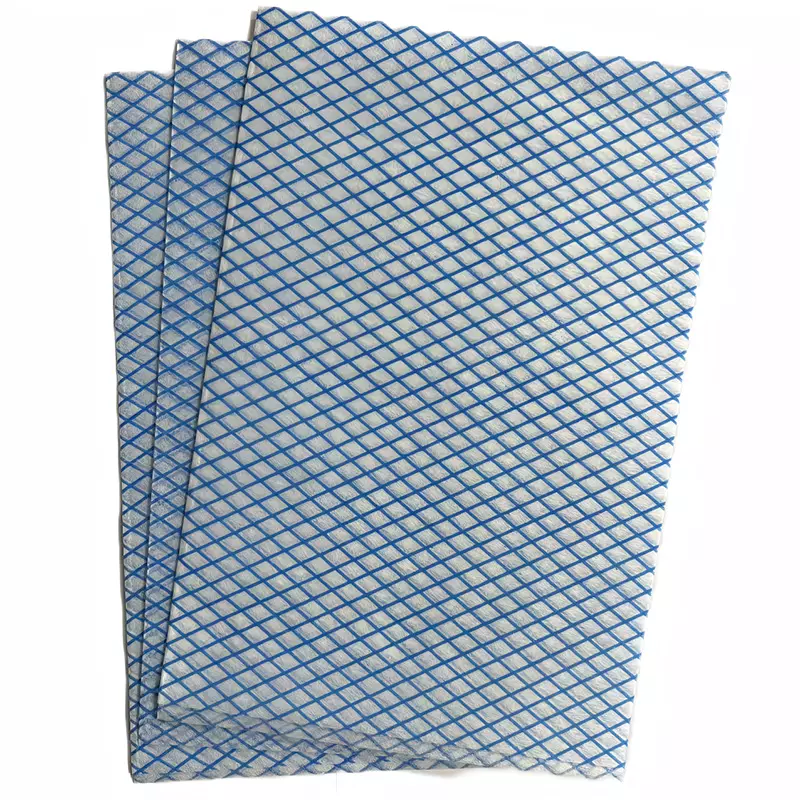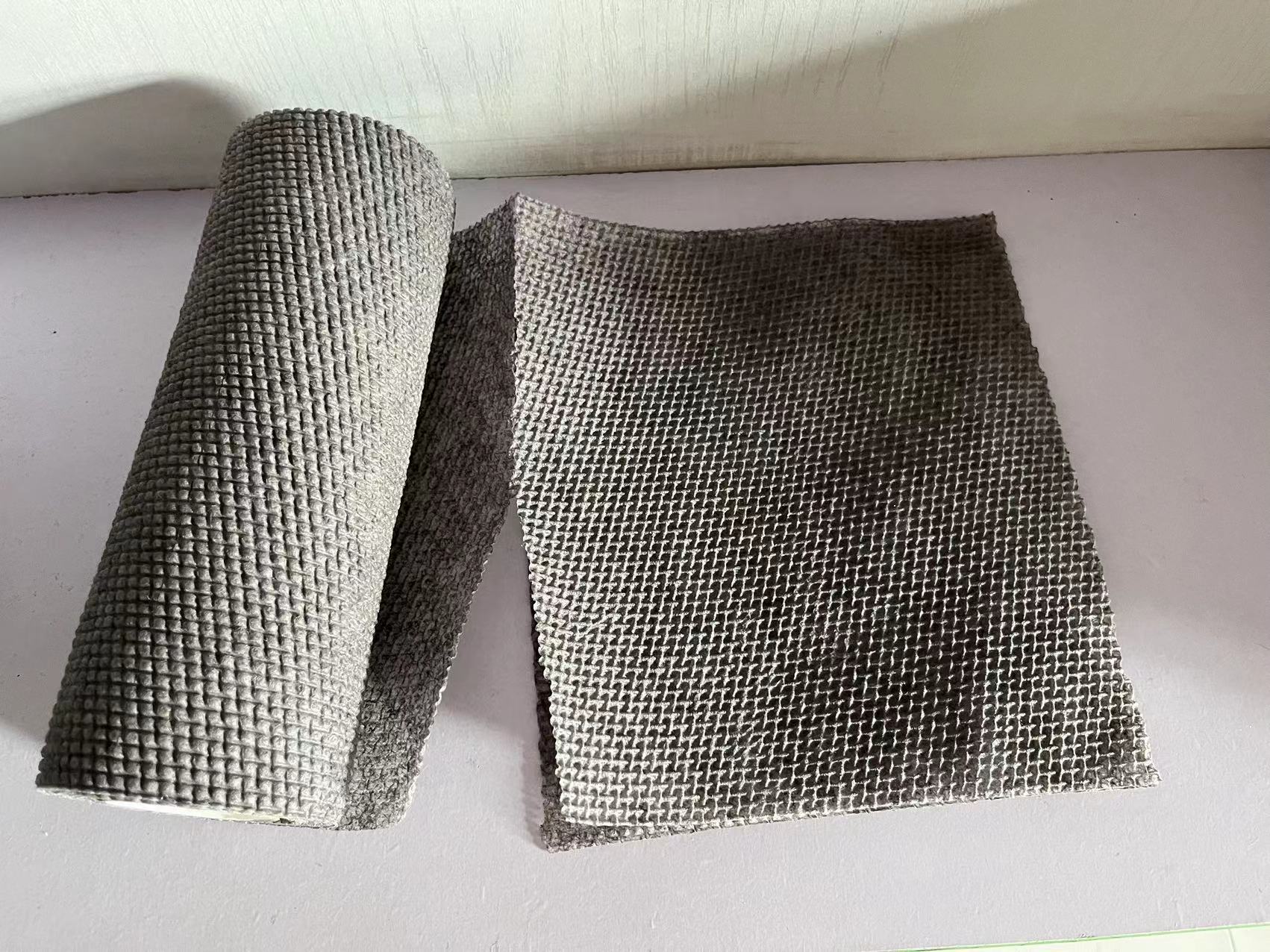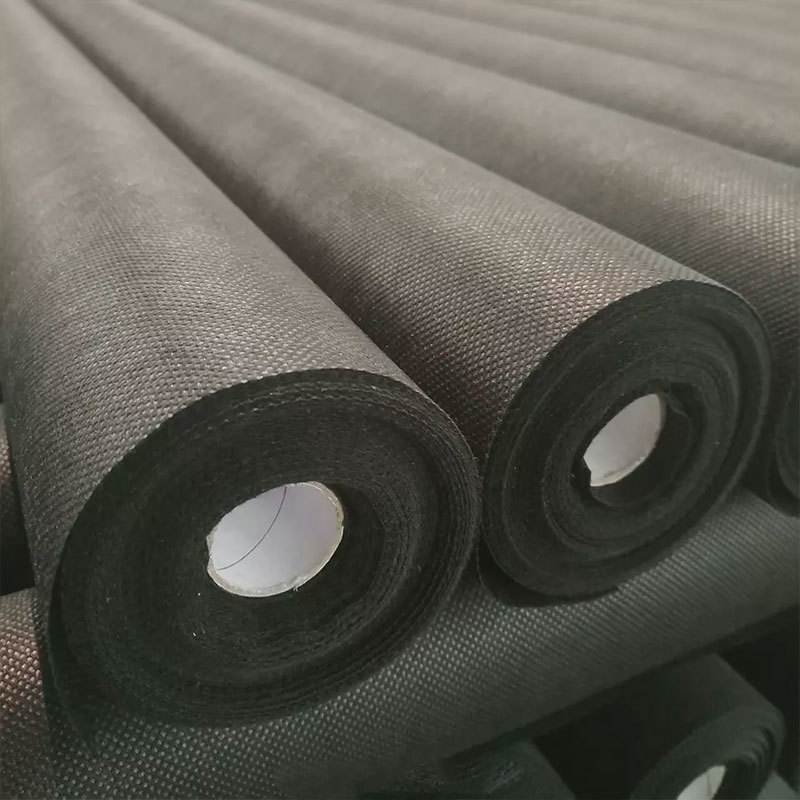03
2025
-
06
Transform Your Garden: The Role of Ground Cover Fabric in Sustainable Landscaping
Transform Your Garden: The Role of Ground Cover Fabric in Sustainable Landscaping Sustainable landscaping is not just a trend; it’s a necessary practice for conserving resources, enhancing biodiversity, and creating beautiful outdoor spaces that are both functional and aesthetically pleasing. One essential element of sustainable gardening is the use of **ground cover fabric**, which serves numerou
Transform Your Garden: The Role of Ground Cover Fabric in Sustainable Landscaping
Sustainable landscaping is not just a trend; it’s a necessary practice for conserving resources, enhancing biodiversity, and creating beautiful outdoor spaces that are both functional and aesthetically pleasing. One essential element of sustainable gardening is the use of **ground cover fabric**, which serves numerous purposes and provides significant benefits. This article delves into how ground cover fabric can transform your garden, ensuring that it thrives while being environmentally friendly.
Table of Contents
1. Introduction to Ground Cover Fabric
2. Benefits of Using Ground Cover Fabric in Landscaping
- 2.1 Weed Control
- 2.2 Moisture Retention
- 2.3 Soil Stability
3. Types of Ground Cover Fabric Available
- 3.1 Woven Fabrics
- 3.2 Non-Woven Fabrics
- 3.3 Biodegradable Fabrics
4. How to Install Ground Cover Fabric Correctly
- 4.1 Preparation Steps
- 4.2 Laying the Fabric
5. Maintaining Your Ground Cover Fabric for Longevity
6. The Environmental Impact of Ground Cover Fabric
7. Case Studies of Successful Sustainable Landscapes
8. Conclusion
9. Frequently Asked Questions
Introduction to Ground Cover Fabric
Ground cover fabric, often referred to as landscape fabric or weed barrier, is an essential tool in sustainable landscaping. This material acts as a protective layer over the soil, promoting healthy plant growth while minimizing environmental challenges. By understanding the various uses and advantages of ground cover fabric, gardeners can make informed decisions that lead to thriving and sustainable landscapes.
Benefits of Using Ground Cover Fabric in Landscaping
Ground cover fabric provides multiple benefits that contribute to a sustainable garden. Here, we explore some of the most significant advantages.
Weed Control
One of the primary functions of ground cover fabric is its ability to suppress weeds. By blocking sunlight and preventing weed growth, it reduces the need for chemical herbicides and manual weeding. This not only conserves resources but also promotes healthier soil by maintaining its natural ecosystem.
Moisture Retention
Ground cover fabric helps retain moisture in the soil by reducing evaporation. This is particularly beneficial in dry climates or during hot summer months, allowing plants to thrive with less frequent watering. By conserving water, gardeners can practice responsible water management, promoting sustainability.
Soil Stability
Soil erosion is a significant concern in landscaping, especially on slopes or areas with loose soil. Ground cover fabric stabilizes the soil, preventing erosion by holding the soil particles together. This is crucial for maintaining the integrity of your garden landscape, particularly during heavy rainfall.
Types of Ground Cover Fabric Available
When selecting ground cover fabric, it’s important to be aware of the various types available. Each type has specific characteristics and applications suited for different landscaping requirements.
Woven Fabrics
Woven ground cover fabrics are made from interlaced synthetic fibers, providing superior strength and durability. They allow water, air, and nutrients to penetrate while effectively blocking sunlight to inhibit weed growth. These fabrics are ideal for areas with heavy foot traffic or under permanent structures.
Non-Woven Fabrics
Non-woven fabrics are made by bonding fibers together using heat or adhesives, creating a lightweight and flexible material. They provide excellent drainage and are commonly used in planting areas and gardens. However, they may not be as durable as woven fabrics, making them more suitable for temporary applications.
Biodegradable Fabrics
Biodegradable ground cover fabrics are made from natural materials such as jute or coir. These fabrics decompose over time, enriching the soil and contributing to a healthy ecosystem. They are an excellent choice for organic gardening practices, but their lifespan may be shorter compared to synthetic options.
How to Install Ground Cover Fabric Correctly
Proper installation of ground cover fabric is crucial to maximize its benefits. Here’s a step-by-step guide to ensure effective installation.
Preparation Steps
1. **Clear the Area**: Remove any existing weeds, rocks, or debris from the site where the fabric will be installed.
2. **Level the Soil**: Rake the soil to create a smooth, even surface, ensuring proper drainage.
3. **Test the Soil**: Check the pH and nutrient levels of the soil to determine if any amendments are needed before installation.
Laying the Fabric
1. **Cut to Size**: Measure and cut the ground cover fabric to fit the designated area, ensuring it overlaps with adjacent pieces for full coverage.
2. **Secure the Fabric**: Use landscape staples or pins to secure the fabric in place, particularly on sloped areas to prevent shifting.
3. **Cover with Mulch**: Once the fabric is laid, add a layer of mulch on top to enhance its effectiveness by providing additional weed suppression and moisture retention.
Maintaining Your Ground Cover Fabric for Longevity
To ensure the longevity of ground cover fabric, regular maintenance is essential. Here are some tips for proper upkeep:
1. **Inspect Regularly**: Check the fabric for damage, tears, or signs of wear. Promptly repair any issues to maintain effectiveness.
2. **Replenish Mulch**: Periodically add a fresh layer of mulch to maintain moisture levels and enhance the aesthetic of your garden.
3. **Monitor Plant Growth**: Ensure that plants are not becoming overcrowded, which can lead to competition for nutrients and moisture.
The Environmental Impact of Ground Cover Fabric
The use of ground cover fabric has a positive environmental impact when used responsibly. By reducing the need for chemical weed control, conserving water, and preventing soil erosion, these materials contribute to a healthier ecosystem. Choosing biodegradable options further enhances sustainability by supporting natural soil health as the fabric decomposes.
Case Studies of Successful Sustainable Landscapes
Several successful landscaping projects demonstrate the benefits of using ground cover fabric. For instance, in urban gardens, where space is limited, ground cover fabric has been effectively used to maximize plant growth while minimizing maintenance. Another example includes community gardens that employ biodegradable fabrics, enriching the soil while adhering to organic gardening principles.
Conclusion
Ground cover fabric is an invaluable resource for anyone looking to create a sustainable landscape. The numerous benefits, including weed control, moisture retention, and soil stability, make it an essential element in modern gardening practices. By understanding the types of ground cover fabric available, their proper installation, and maintenance techniques, garden enthusiasts can effectively transform their outdoor spaces while promoting environmental stewardship. Embrace the power of ground cover fabric in your landscaping projects for a thriving and beautiful garden.
Frequently Asked Questions
1. What is ground cover fabric made of?
Ground cover fabric is typically made from synthetic materials like polypropylene or natural materials like jute or coir, depending on the type chosen.
2. How long does ground cover fabric last?
The lifespan of ground cover fabric varies: woven fabrics can last several years, while biodegradable options may decompose within one to three years.
3. Can ground cover fabric be used under mulch?
Yes, using ground cover fabric under mulch is recommended as it enhances weed control and moisture retention.
4. How do I know if I need ground cover fabric?
If you struggle with weed control, soil erosion, or moisture retention in your garden, ground cover fabric can be a beneficial solution.
5. Is ground cover fabric environmentally friendly?
Biodegradable ground cover fabrics are environmentally friendly options that enrich the soil as they decompose, while synthetic fabrics can reduce the need for chemical weed control and conserve water.
garden ground cover fabric












